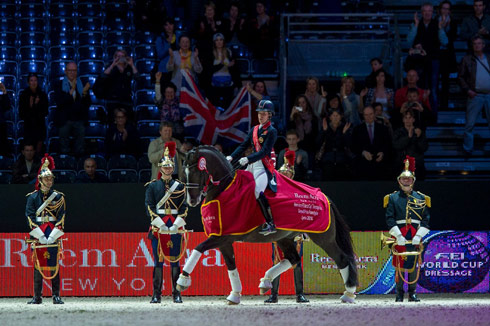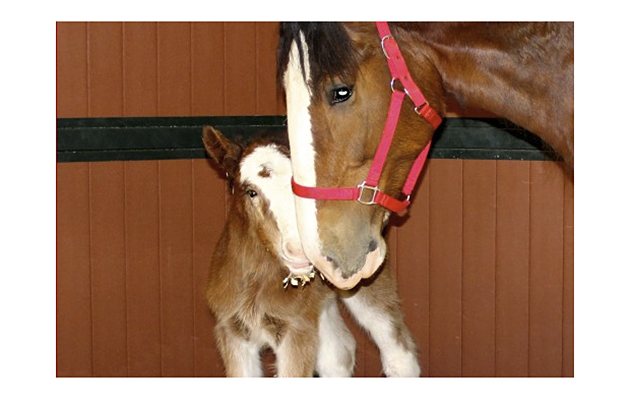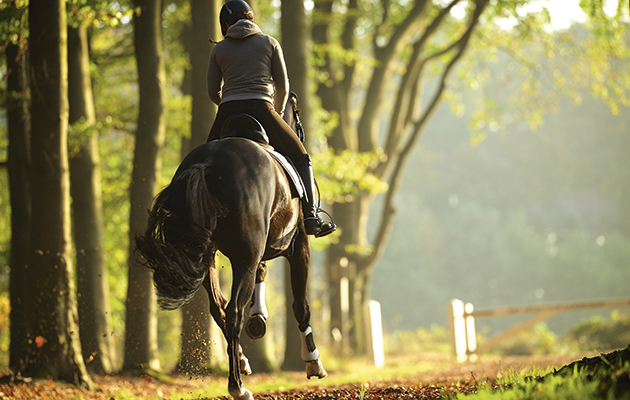
Blessed are the cobs! I gave a presentation at the recent British Horse Society (BHS) convention in Surrey and had some anxiety over which students I would be given. But I was in luck with two riders on wonderful cobs. However, the sad truth is that riders may struggle to find cobs or small horses, as they are under threat from a breeding industry focused on high-value elite performers — usually big horses with big paces.
This is market forces, but it’s not good for the sport or the industry. Ours is a sport in which the vast majority of riders are female and of novice level, both adults and children, and it’s an industry that has huge untapped potential, given the right horses.
When I was young, the values of different types of equines varied less. When I sold my first £1,000 pony out of Cornwall, a good hunter or sound thoroughbred was a similar price. Most competition horses were bought cheaply as youngsters. As a result, all types of horses were bred for all types of activities. Now, however, there is an emphasis on breeding a pan-European type that can jump, but with decreased genetic diversity.
‘Lottery trap’
These breeders are falling into the lottery dream trap. Of the millions of people buying lottery tickets, only a very few win big, and the same is true of breeding horses. Elite horses are rare. This dream results in the production of thousands of horses that are often unsuited to the general market. We need fewer of these horses, and more smaller, sound and sensible horses, which have more performance options; plus a greater likelihood of a fair and regular profit. This can become a reality with a little positive marketing around the following points:
- Saving money: based on a horse consuming 2.5% of its bodyweight per day, a smaller horse cuts feeding costs.
- Improving soundness and longevity: force equals mass multiplied by acceleration, so reducing mass is a major factor in reducing stress on feet and limbs. In addition, as a body grows in size, its volume grows exponentially and bigger horses struggle because of this. Generally, as with dogs, smaller animals live longer.
- Safety: if our horses fit us better, we are more secure in the saddle. Plus the genetic diversity and brain of ponies, and breeds that have developed over millennia, helps with both good health and survival instincts that look after a rider.
- Elite performance: many grand prix showjumping champions are 16hh or under, such as Itot Du Chateau, Hickstead and Stroller. In eventing, small stars include Lenamore and Charisma; in racing there is Grand National hero Tiger Roll at 15.3hh, and super sires Sadler’s Wells and Hyperion at 15.2hh. And in dressage there is Charlotte Dujardin’s recent national inter II champion Gio, who is just 16hh.
Commercial breeding has become a tail that is wagging the sport horse industry, but change is possible.
Ref Horse & Hound; 31 October 2019


































